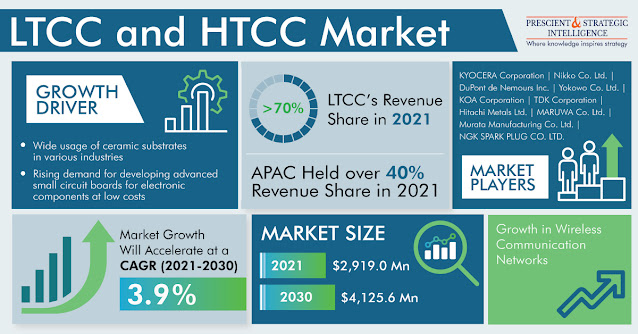By 2030, the global fiber cement market is predicted to reach $27,743.8 million, since being valued at $17,500.0 million in 2021. The market is projected to advance at a 5.3% CAGR from 2021 to 2030. This can be ascribed to the surging requirement for fiber cement for external and internal residential applications. Moreover, the substantial rise in the residential sector will propel market growth. Furthermore, the magnificent properties of fiber cement, including stability, durability, better strength, fire-aversion, and water-aversion characteristics are skyrocketing the market demand.
A gradual shift toward green building will spur the fiber cement market growth. Contrary to asbestos, fiber cement is an environmentally sustainable substitute. Owing to its environmental benefits, national governments have constrained asbestos use and imposed a ban on it, promoting the usage of fiber cement. For instance, the European Union had banned the use of asbestos in new products for its hazardous impact on health.
Extensive government support for green construction and buildings will pave the way for fiber cement market growth. For instance, there is an evolution of environment-friendly and green community facilities by the Government of Canada all around the country via new constructions, repairs, retrofits, and upgrades. Similarly, Mexico is also following the green building trend by taking the right lessons from the U.S., Canada, and European countries. This would not only assist in reaping the health benefits of environmentally sustainable buildings but also save money.
APAC is expected to continue this trend in the coming years growing at a 6% CAGR. The region is home to various emerging economies in the world which have a vision of creating lucrative opportunities to boost the infrastructure. Furthermore, the growing population, rising disposable income, surging purchasing power parity among the consumers, greater FDI, and rising awareness about hazardous asbestos use will augment growth in the region. For example, the Chinese government-sanctioned 26 infrastructure projects worth $142 billion in 2019 that are expected to be finished by 2023.
Hence, substantial growth in the residential sector and surging requirements for fiber cement for external and internal residential applications will drive the market.














